Keeping Your Cool: Food Safety During Power Outages
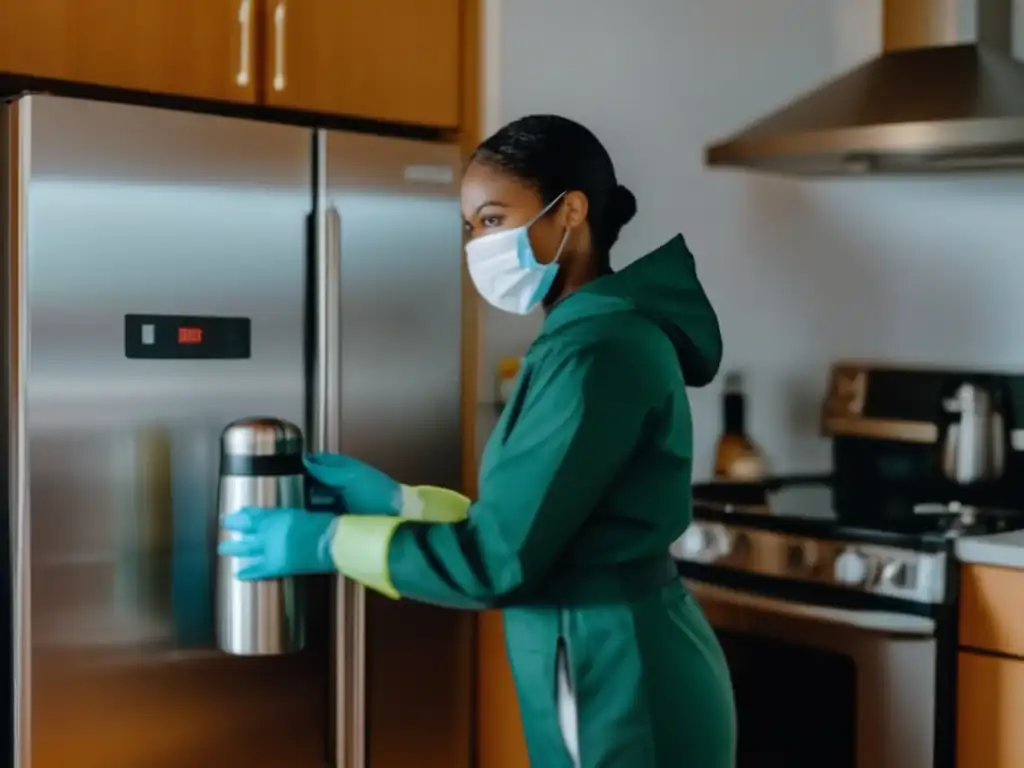
Keeping Your Cool: Food Safety During Power Outages
Introduction
Hurricanes are one of the most destructive forces of nature, wreaking havoc on communities and displacing thousands of people each year. When a hurricane hits, power outages are common, making it difficult to keep your food safe and edible. This article aims to provide a comprehensive guide on how to keep your food cool and safe during a power outage caused by a hurricane.
Understanding the Basics of Food Safety

One of the most important things to understand when it comes to food safety during a hurricane is the danger zone. The danger zone is the range of temperature between 40°F and 140°F where bacteria can grow rapidly, causing food poisoning. Knowing this temperature range is critical when trying to keep your food safe.
Importance of Temperature Control
When storing perishable food items, keeping them at safe temperatures is crucial for food safety. Bacteria can grow quickly in food that is kept between 40°F and 140°F, so it's essential to keep your food either below or above that temperature range.
Food Storage Tips During Power Outages
When a power outage occurs, keeping your food cold becomes a significant challenge. Here are some tips to help you keep your food safe:
- Keep the fridge and freezer doors closed: During a power outage, try to keep the fridge and freezer doors closed as much as possible. This helps to retain the cold air inside the refrigerator and freezer, which will keep your food fresh for longer.
- Use a thermometer: Use a thermometer to check the temperature of the food items in your fridge and freezer. If the temperature in your fridge is above 40°F, it's time to consume the food or discard it. In your freezer, if the temperature is above 0°F and the power is out for more than four hours, it's best to throw away the food.
- Use ice packs and coolers: Use ice packs and coolers to keep your food cold during a power outage. If you don't have access to ice or ice packs, try using frozen water bottles or bags of ice. Make sure to wrap the items in a towel or blanket to avoid direct contact with the food.
- Consume perishable food items first: During a power outage, try consuming perishable food items first, such as dairy products, meat, poultry, and fish.
Safe Preparation and Handling of Food During a Power Outage
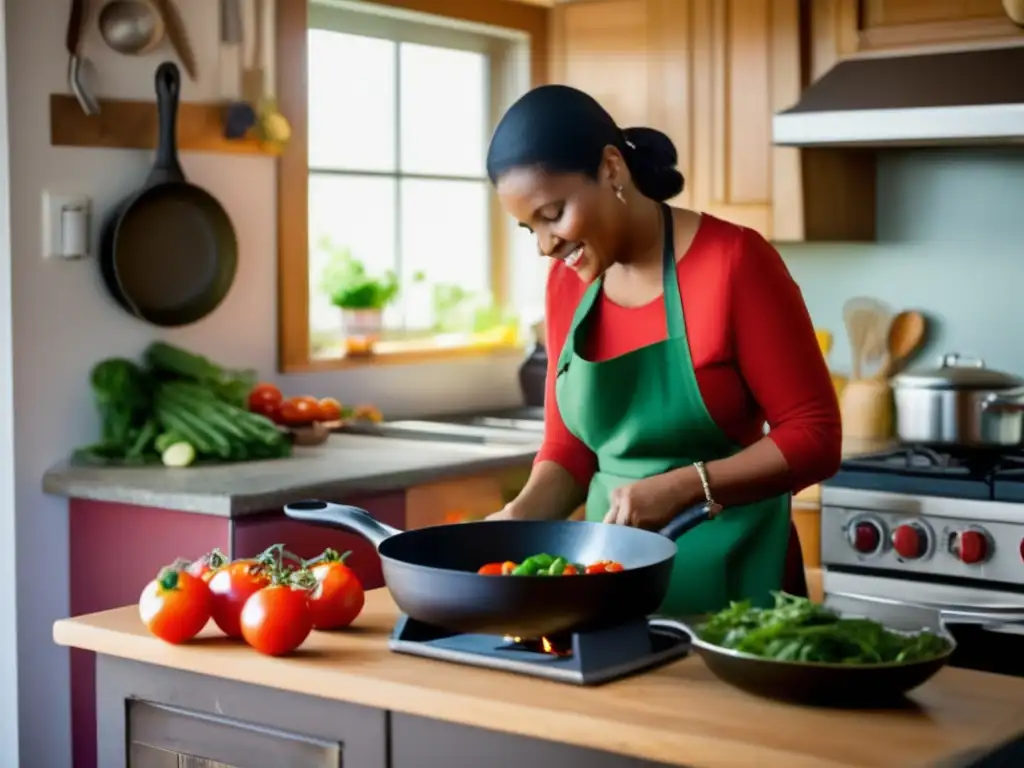
Power outages can also make it difficult to cook and prepare food safely. Here are some tips to help you prepare food safely during a power outage:
Avoid Cross-Contamination
Cross-contamination is the transfer of harmful bacteria from one food item to another. During a power outage, it's essential to avoid cross-contamination by following these tips:
- Wash hands frequently: Always wash your hands before and after handling food items to avoid the spread of bacteria.
- Use separate cutting boards and utensils: Use separate cutting boards and utensils when preparing raw meat, poultry, and seafood to avoid cross-contamination.
- Store raw meat separately: Store raw meat, poultry, and seafood separately from cooked foods to avoid cross-contamination.
Cook Food Safely
During a power outage, cooking food can be challenging. Here are some guidelines to help you cook food safely:
- Use a camp stove or grill: If you have access to a camp stove or grill, use it to cook food outside. Always follow the manufacturer's instructions when using these devices.
- Avoid eating raw or undercooked food: During a power outage, it's essential to avoid eating raw or undercooked food, especially meat, poultry, and seafood.
- Use a food thermometer: Use a food thermometer to check the temperature of your cooked food. Cook meat and poultry to a minimum internal temperature of 165°F, and seafood to a minimum internal temperature of 145°F.
Dealing with Perishable Food Items After a Power Outage

After a power outage, it's essential to evaluate perishable food items to determine whether they are safe to eat. Here are some guidelines to help you determine whether to keep or discard your food:
- Check the temperature of your food items: If the temperature in your refrigerator is above 40°F for more than two hours or your freezer is above 0°F for more than four hours, it's best to throw away the food.
- Inspect the food items for spoilage: Look for signs of spoilage, such as an odd odor, discoloration, and slime on the food item.
- When in doubt, throw it out: If you're unsure whether a food item is safe to eat or not, it's always best to throw it away.
Frequently Asked Questions
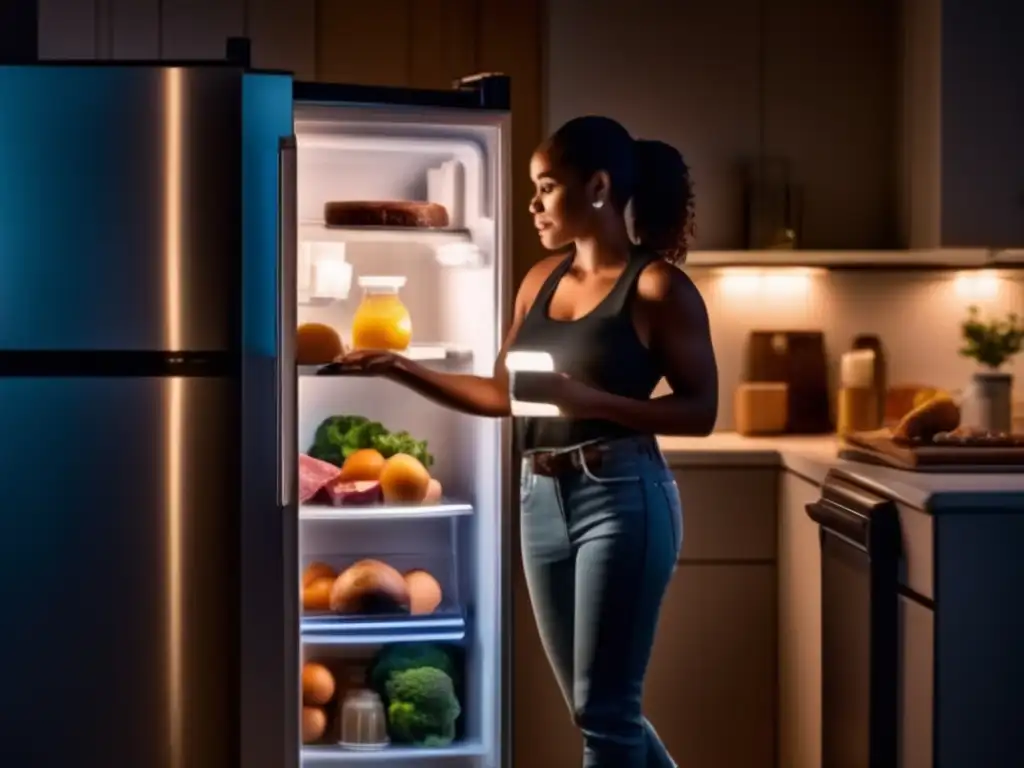
-
How long does food stay fresh in the fridge during a power outage?
Food stored in a refrigerator will stay cold for up to four hours during a power outage.
-
Can I refreeze food that has thawed during a power outage?
You can refreeze food that has thawed if it still contains ice crystals and the temperature of the food is 40°F or below.
-
How long can I keep food in a cooler during a power outage?
You can keep food in a cooler for up to three days during a power outage if you use ice packs or blocks of ice and keep the cooler in a cool, dry place.
-
Is it safe to drink bottled water after a hurricane?
Yes, bottled water is safe to drink after a hurricane. However, it's always best to check the label to make sure the water source is safe.
-
Can I eat food that has been sitting in the fridge for a few days after the power comes back on?
If the temperature in your fridge was above 40°F for more than four hours, it's best to throw away any perishable food items that were in the fridge during that time.
Conclusion
Keeping your food safe during a power outage caused by a hurricane can be a challenging task. However, by following the tips outlined in this article, you can minimize the risk of foodborne illness and ensure that your food stays fresh and safe to eat. Remember always to stay vigilant and cautious when handling food during a power outage caused by a hurricane.
If you have any additional questions or concerns, please leave a comment below. We at Hurricane Insider are here to help and support you through any challenges you may face during a hurricane.
Additional Resources

- Ready.gov: Food and Water Safety During Power Outages and Floods
- CDC: Food and Water Safety During Power Outages and Floods
- FoodSafety.gov: Food Safety During Power Outages
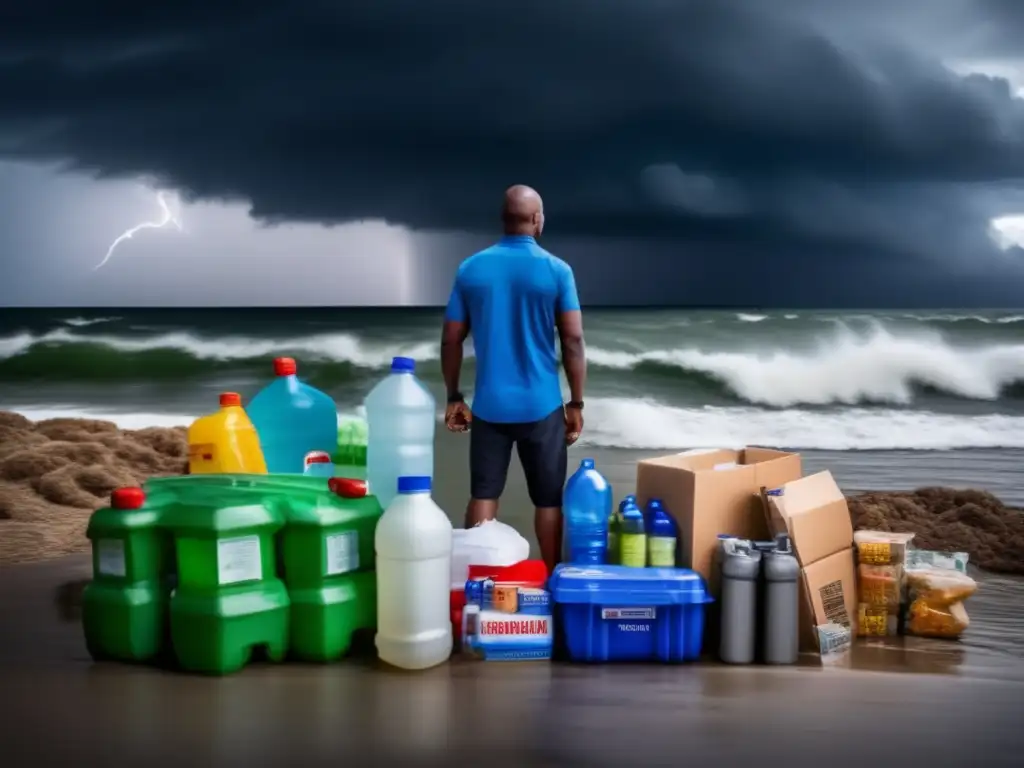 Financial Preparedness Before A Hurricane Strikes
Financial Preparedness Before A Hurricane Strikes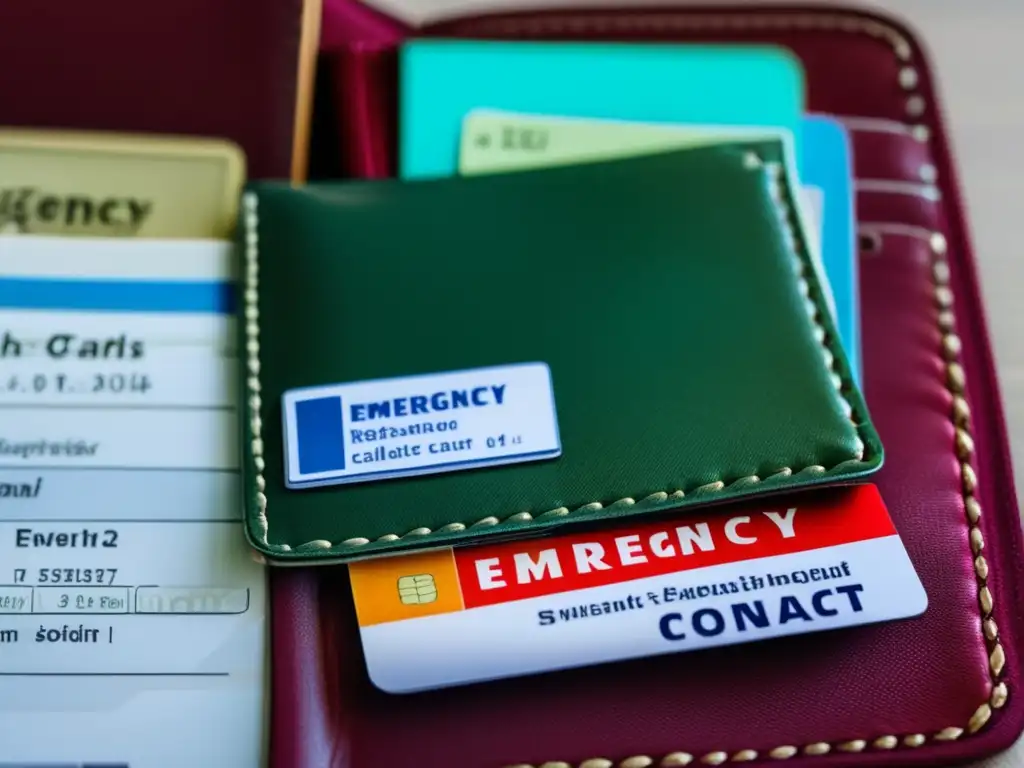 Emergency Contact Cards
Emergency Contact Cards How To Use Social Media Effectively For Hurricane Preparedness
How To Use Social Media Effectively For Hurricane PreparednessIf you want to discover more articles similar to Keeping Your Cool: Food Safety During Power Outages, you can visit the Hurricane preparedness: category.
Leave a Reply

Articulos relacionados: